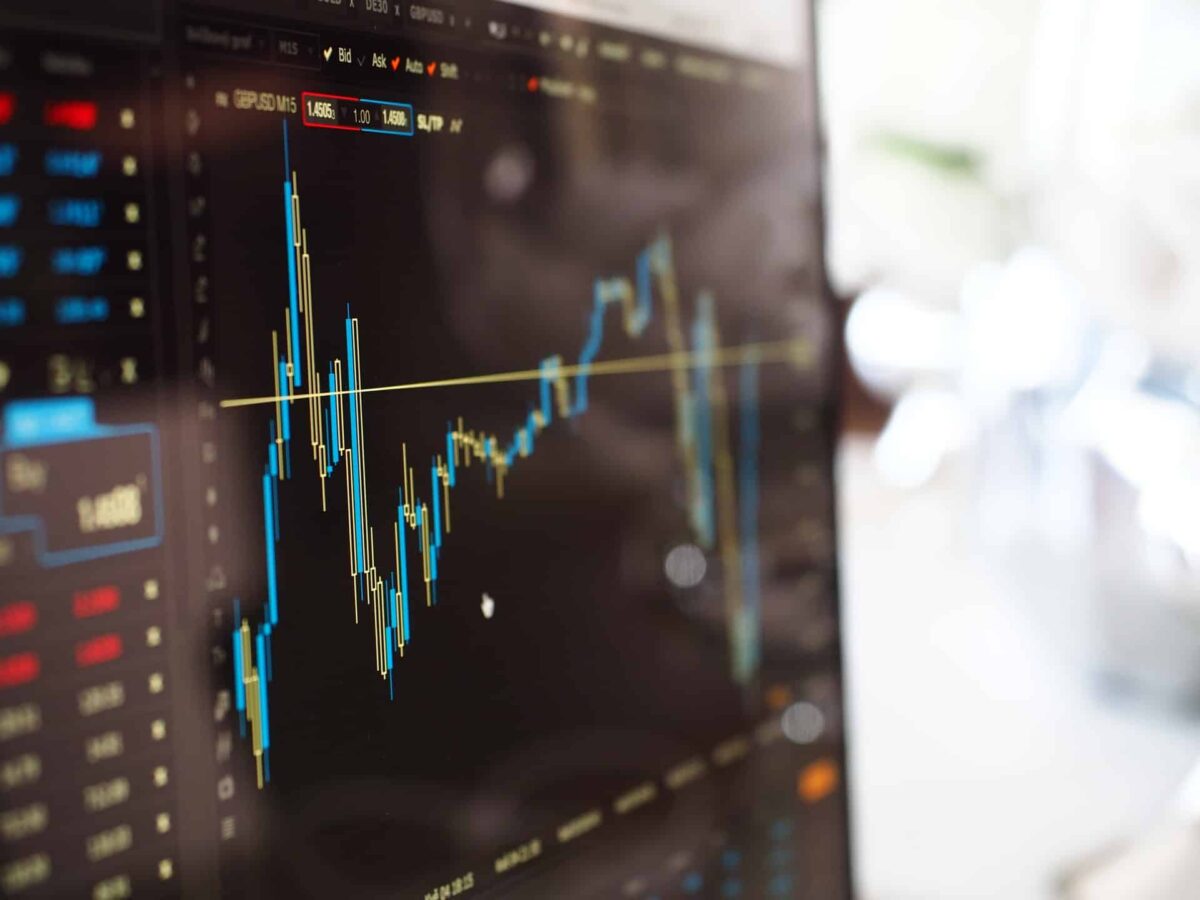What is Financial Liquidity?
In part two of our series on company metrics, we’re talking about liquidity (find part one here). 1818 brought the first use of the term liquidity, in the financial sense of the word, to the business world, meaning capable of being converted into cash. This terminology likely came from the bartering system where people exchanged services & goods for other services & goods (before the invention of currency) – similar to how kids today trade lunch box items.
Being capable of being turned into cash must also mean that the item has enough demand or popularity (Lunchables!) that it can be bought or sold easily. Cash is highly liquid because it’s already cash. Assets like stocks and bonds (marketable securities) have a high rate of liquidity because they can be turned into cash within a matter of days. A commercial office building is not considered highly liquid because it could take anywhere from a month to years to be turned into cash.

How “Kingly” Are You?
So why is having a pulse on liquidity important and what can liquidity tell you about your business? Because cash is king, understanding your liquidity will tell you how “kingly” you are (i.e. how fast you can grab cash in your business). Since cash is a means to an end for necessities like paying bills or buying new equipment – it’s VERY important!
No matter what type of business you own, there will always be a never-ending cycle of cash flow into your business from sales etc. and cash flow out of the business to cover expenses. This is why cash flow management is paramount to the discerning business owner (which you are!).
Monitoring Cash Accessibility
The old adage cash is king still stands but now you know liquidity is really king! So how do you monitor yours? The standard way to monitor liquidity (or availability of cash) is through liquidity ratios and there are three biggies. But before we get to these ratios, let’s chat for a moment. Formally speaking, liquidity ratios assess the ability of a company to meet short-term obligations using short-term assets, which in chill language is how fast you can grab cash from things your business owns like a business savings account, equipment or commercial property.
1. The Working Capital Ratio
Working capital is the funds you use to pay for the daily operation of your business, so understanding your working capital ratio essentially lets you know if you can pay your bills. The working capital ratio (or current ratio), is determined by dividing current assets (such as your cash on hand) by current liabilities (such as the bills you still need to pay).
Working Capital Ratio = Total Current Assets / Total Current Liabilities
To boost your understanding, let’s work through an example with Al’s Hat Hut. Say Al has $100K in cash (current assets) and $50K in accounts receivable (current assets) for a total of $150K in current assets. Next, let’s say, Al owes $50K in accounts payable (current liabilities) and $10K in supplies purchased for a total current liabilities of $60K. His working capital ratio would be 2.5, because $150K divided by $60K is 2.5. What this all means is he could pay his debts 2.5 times before running out of money.
Positive working capital, like Al has, is a sign of a company’s financial strength. A good working capital ratio will typically be between 1.25 and 2, but they can differ from industry to industry. Any ratio below a 1, in the long term, indicates the business owner has negative working capital and needs to find more cash and fast. Using the working capital ratio (and ALL liquidity ratios) helps a company understand their cash position but it is important to back this data up with CONSISTENT accounting practices because metrics are only consistent and useful if the accounting backing them up is consistent (which is why accounting is so important!).
2. The Quick Asset Ratio
Let’s move on to the second key ratio, the quick asset ratio, because there is one minor hiccup with the working capital ratio (WCR). The WCR assumes all assets can be converted into cash just as quickly as plain old cash. Since that’s not true, if for example your business carries inventory, we need a ratio that accounts for this. Enter the quick asset ratio (QAR), which removes these less liquid assets from the equation and can be determined by the following formula:
Quick Asset Ratio = Current Assets – Inventory / Current Liabilities
The QAR helps an owner understand how well they can pay their bills with pretty liquid assets like cash savings, marketable securities (stocks), or accounts receivable. This ratio is great when you’re in the market for a business loan, because a lender can use it to understand how equipped you are to thrive in a changing business environment. If you can quickly pay your debts, then you can likely pivot when necessary.
Ideally, your business will have a 1:1 ratio, meaning there is just enough cash to pay the bills each month. But in general, the higher the quick asset ratio the better, because this means you have more comfortable cash reserves.
3. The Cash Ratio
Just like how the quick asset ratio built on the working capital ratio, the cash ratio (CR) takes things a step even further. Our third ratio looks at a business’s ability to pay debt with only cash and cash equivalents or THE MOST liquid assets. The CR is useful when you want to compare your business to similar businesses, or when looked at year over year. To determine your CR, you will look at cash plus only the most liquid assets divided by current liabilities.
Cash Ratio = Cash + Marketable Securities / Current Liabilities
With the cash ratio there isn’t a “one size fits” all number, because it will depend on a company’s strategy. But some rules of thumb are:
- A CR lower than 1 may indicate a company has some financial risk OR the company is purposefully operating with low cash reserves.
- A higher CR does not necessarily reflect a company’s strong performance because it can indicate inefficiencies in cash utilization OR that a protective capital cushion is in place.
So Many Ratios, But Why?
Ratio analysis is a GREAT way to make sense of the financial data you track month over month. Looking at ratios allows you to understand your position against your previous performance, against competitors, the industry, and even the economy at large. This perspective will help you understand your company’s performance in the past and how it might perform in the future. And being able to “see the future” is what tracking metrics is all about.
Managing Liquidity (And the Importance of Consistent Accounting)
We so often like to harp on the importance of consistent accounting practices because the faster you can get a grasp on consistent metrics (based on consistent accounting), the faster you can “see the future” of your company and become more equipped for success. Please note, when your company is young or just starting up, that is a great time to build quality accounting records so that you don’t miss the opportunity to use the past to better predict the future and ultimately better understand the health of your company.
Liquidity ratios will help with financial risk management because it gives you a pulse on how cash-rich your company is, whether you’re efficiently using your cash and if you’re at risk of not being able to pay your bills. We kind of love digging into liquidity and have been fortunate enough to implement financial modeling programs for some great businesses. If developing these ratios for your own company is not your strong suit, please give us a call – we’re happy to help you better understand your cash position.
Book a Discovery Call Today, We’re Happy to Help >>
Need help tracking all these metrics? Download our handy metric tracker and library here.





